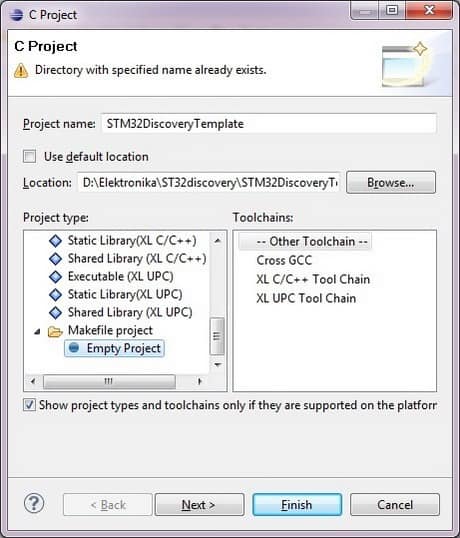Programming STM32 USART using GCC tools. Part 1

When we need some feedback from the microcontroller, usually we use USART. It allows to output messages and debug information to the terminal screen. Also, data can be sent to MCU same way. For this purpose, STM32 microcontrollers have more than one USART interface allowing to have multiple streams of data output and input. USART interface is designed to be very versatile, allowing to have lots of modes including LIN, IrDA, Smart card emulation, DMA based transmissions. But for now, let’s focus on standard USART communications we could send and receive messages from the terminal window.






